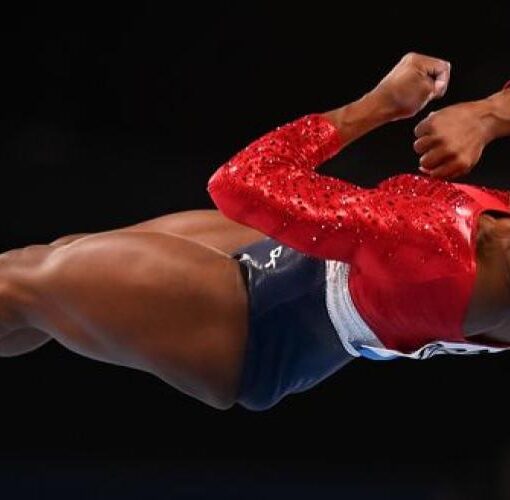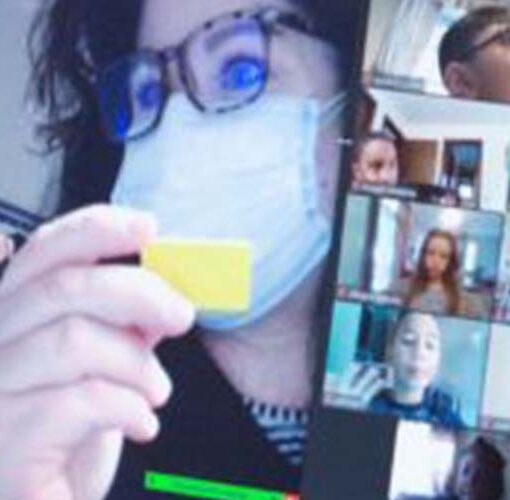Peers Expand our Power to be Great
There’s a good reason many of my writings touch on collaboration. While it’s theoretically possible to manage the diverse and complex tasks of educating as a solitary teacher, it is far more effective, and enjoyable, to work as a member of a Professional Learning Community (PLC) or Network (PLN).
What is a Professional Learning Community?
PLCs are more than occasional staff, department, or grade level meetings to discuss content, resources, and compliance– important topics, to be sure. According to DuFour (2004), effective PLCs meet frequently to create processes that promote a collaborative culture, school improvement, and accountability for results. They focus on learning more than teaching, what I differentiate as outputs versus inputs. Outputs are outcomes, like a grade on a test or for a performance, while inputs are generally the resources and methodology we use to produce those outcomes. (You might be surprised how often educators confuse the two.)
PLCs provide a venue to test ideas. They are targeted when it comes to addressing a specific challenge and open-minded and open-ended when exploring solutions.
Their fundamental and driving questions are:
“How will this help students learn?” “How will we know we’ve been successful?”
Do PLCs make a difference?
I was fortunate to stumble into such a community at the beginning of my career. I leaned on other faculty, asked students to tell me what they liked about other teachers, and solicited colleagues to let me observe their classes. Their generosity and wisdom eventually made me a more valuable team member so the effort and ideas came to flow both ways. One of the understandings that solidified in my mind as a result of the struggle is that everything works better when the load is shared.
Research shows that teachers who collaborate with peers are more effective (Carroll et al., 2010; Fulton and Doerr, 2010). Teachers in PLCs report better understanding and use of data as well as feelings of comradery and efficacy (Darling-Hammond & Richardson, 2009). Most importantly, involvement in a PLC increases student achievement (Akiba and Liang, 2016; Vescio et al., 2008).
What happens in PLC meetings?
Most research into PLCs finds that the most impactful conversations are about student progress and shared practices. PLCs are a chance to set group goals, analyze what worked and what didn’t, figure out why, and decide what to do next. With multiple data points, the team can explore if results are consistent across classrooms and content.
PLCs also provide:
More Tools
Individually, none of us has the bandwidth to review new research, anecdotes, observations and technologies to find what works. Together we do. I think of all the strategies, ideas, and resources we offer to and receive from PLCs as intellectual community property. We’re more than just passing on information; we process and test ideas, then add value to them through personal interpretation and vetting in practice– like sharing a community garden.
New Points of View
We all have biases, some of which are expressed through our teaching (and parenting) styles– visual over auditory, individualistic versus social, structured versus freeform. Biases can be neutral and even positive, but if we’re not aware of them and how they impact students, they can shift to the negative. PLCs offer opportunities to reflect on and share our opinions and feelings, explore alternative ways of doing and thinking, and help provide new perspectives. They can even be virtual, expanding our POV even more. (See resources for online PLCs below.)
A Common Language
Though science and history talk can seem as different as English and Mandarin, PLCs find common ground when discussing students. Members find and apply similar academic language, measures, and evidence of success. For example, a social studies team may create a common assessment for a civics unit. Like a good science experiment, they agree to test the same variable(s) to make meaningful comparisons among student groups.
Social-Emotional Support
I find that most teachers enjoy doing SEL activities with their students, proving that adults need (like) them, too. Collaborating is inherently social. When I’m on a project where I don’t have a team, I miss the interaction: not just the wealth of new ideas that flow from it, but pondering, supporting, celebrating, and laughing.
Empowerment
Once collaborative communities become more inclusive and effective, they sometimes take on roles outside classrooms. For example, when teachers, administrators, support staff, parents, students, and local organizations work together on grants, I’ve found the likelihood of being awarded funding for meaningful school projects quadruples (an observational rather than a statistical measure!) .
Beyond the classroom, studies increasingly find PLCs and teacher leaders at the center of systemic reform (Brown et al., 2018; Carroll et al., 2010). In the past two years, this has been evident with school level issues like staffing and schedule flexibility, and the mental health of both staff and students (Rafa & Francies, 2021). Educators are also effecting change at the state level on policy issues like high stakes testing and funding.
All Members of the Village
Imagine if instead of one teacher per day or per subject, each child had a community of teachers. While that is seldom literally possible, the next best option is to carry into each lesson the knowledge, wisdom, and diversity of a teaching team by being part of a PLC, a collaborative community that’s got your back and helps everyone move forward. There are times we want to close our doors and just do our thing. What keeps those doors open is our common understanding that it takes a village to raise a child.
⚙ Dr. Marc
September 2022
If you believe that someone in your professional or personal network would benefit from reading and engaging in topics like this, please forward them this email. I only ever use email contacts to provide information such as this post, and will never share contacts with any other person or organization. To unsubscribe, reply with Unsubscribe.
©2022 Marc Natanagara, Ed.D. All rights reserved. Reprinted with permission.
Articles, services, and other resources accessible at authenticlearningllc.com
When duplicating this post in any form, please be sure to include the attribution in italics above.
When duplicating an infographic, be sure to include any attributions within the graphic.
Image Source
Graphic of human network from
https://thenextweb.com/news/facebook-grandparents-need-next-gen-social-network
References
Akiba, M. & Liang, G. (2016). Effects of teacher professional learning activities on student achievement growth. Journal of Educational Research, 109(1), 99–110.
https://www.lib.fsu.edu/sites/default/files/scholarship/effects_of_teacher_pl_activities.pdf
Brown, B. D., Horn, R. S., & King, G. (August 2018) The effective implementation of professional learning communities. Alabama Journal of Educational Leadership, 5, 53-59. https://eric.ed.gov/?id=EJ1194725
Carroll, T., Fulton, K. & Doerr, H. (2010). Team up for 21st century teaching and learning: What research and practice reveal about professional learning. National Commission on Teaching and America’s Future Report.
http://eric.ed.gov/?id=ED512177
Darling-Hammond, L. & Richardson, N. (2009). Research review/teacher learning: What matters? How Teachers Learn, 66(5), 46-53.
http://www.ascd.org/publications/educational-leadership/feb09/vol66/num05/Teacher-Learning@-What-Matters%C2%A2.aspx
DuFour, R. (May 1, 2004). What is a “professional learning community”? Educational Leadership 61(8).
https://www.ascd.org/el/articles/what-is-a-professional-learning-community
Rafa, A., & Francies, C. (May 26, 2021). 3 state policy levers to support teacher mental health. Education Commission of the States.
https://ednote.ecs.org/3-state-policy-levers-to-support-teacher-mental-health/
Vescio, V., Ross, D., & Adams, A. (2008). A Review of Research on the Impact of Professional Learning Communities on Teaching Practice and Student Learning. Teaching and Teacher Education, 24(1), 80-91.
https://eric.ed.gov/?q=&id=EJ782410
Other Resources
Online PLCs
https://home.edweb.net/professional-learning-communities-with-free-webinars/
https://www.teachersconnect.com/
https://www.chalk.com/professional-learning-communities/creating-professional-learning-communities/
https://www.pbisrewards.com/blog/twitter-personal-learning-network-pln/
Strategies
Ferlazzo, Larry (April 21, 2021). 10 strategies for building a professional learning community. EdWeek.org.
www.edweek.org/leadership/opinion-10-strategies-for-building-a-professional-learning-community/2021/04
King, M. (2016). 6 key features of a successful community of practice. Journal of Staff Development, 37(6), 12-14.
https://eric.ed.gov/?q=&id=EJ1124422
Miller, A. (2020). Creating effective professional learning communities. Edutopia.org. https://www.edutopia.org/article/creating-effective-professional-learning-communities





